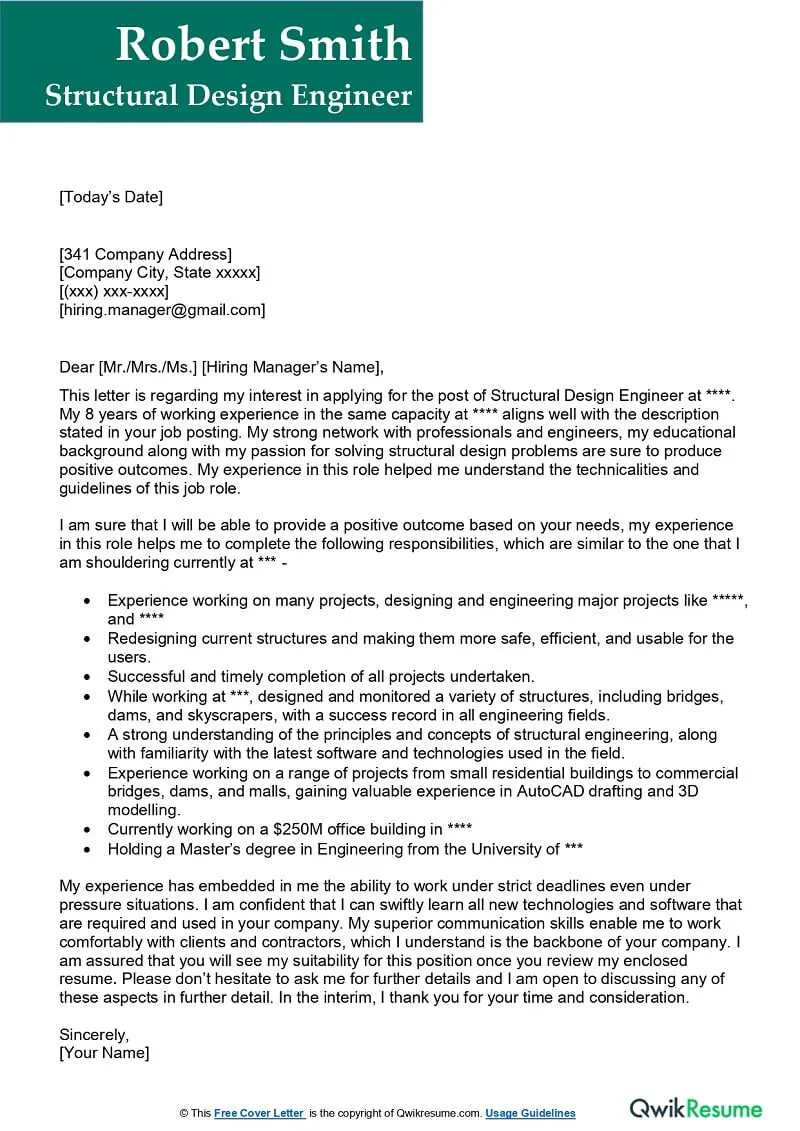Why a Great Engineering Cover Letter Matters
In the competitive world of engineering, a well-crafted cover letter is your first opportunity to make a strong impression on a potential employer. It’s much more than just a formality; it’s a crucial tool to highlight your skills, experience, and passion for the role. A compelling cover letter can significantly increase your chances of securing an interview. It provides context to your resume, allowing you to elaborate on your achievements and explain how you can contribute to the company’s goals. This is where you can truly shine, demonstrating your personality and enthusiasm for the specific engineering job you’re applying for. A generic or poorly written cover letter, however, can be detrimental, leading to your application being overlooked. Therefore, investing time and effort in crafting a standout cover letter is a strategic move in your job search.
Key Components of an Engineering Cover Letter
An effective engineering cover letter comprises several key components that, when combined, present a clear and persuasive case for your candidacy. These elements work in concert to capture the reader’s attention and convey your value proposition. From the initial greeting to the closing statement, each section plays a vital role in showcasing your suitability for the position. Ignoring any of these components can weaken your overall application. Therefore, ensure that each part is carefully considered and tailored to the specific job requirements.
Contact Information & Date
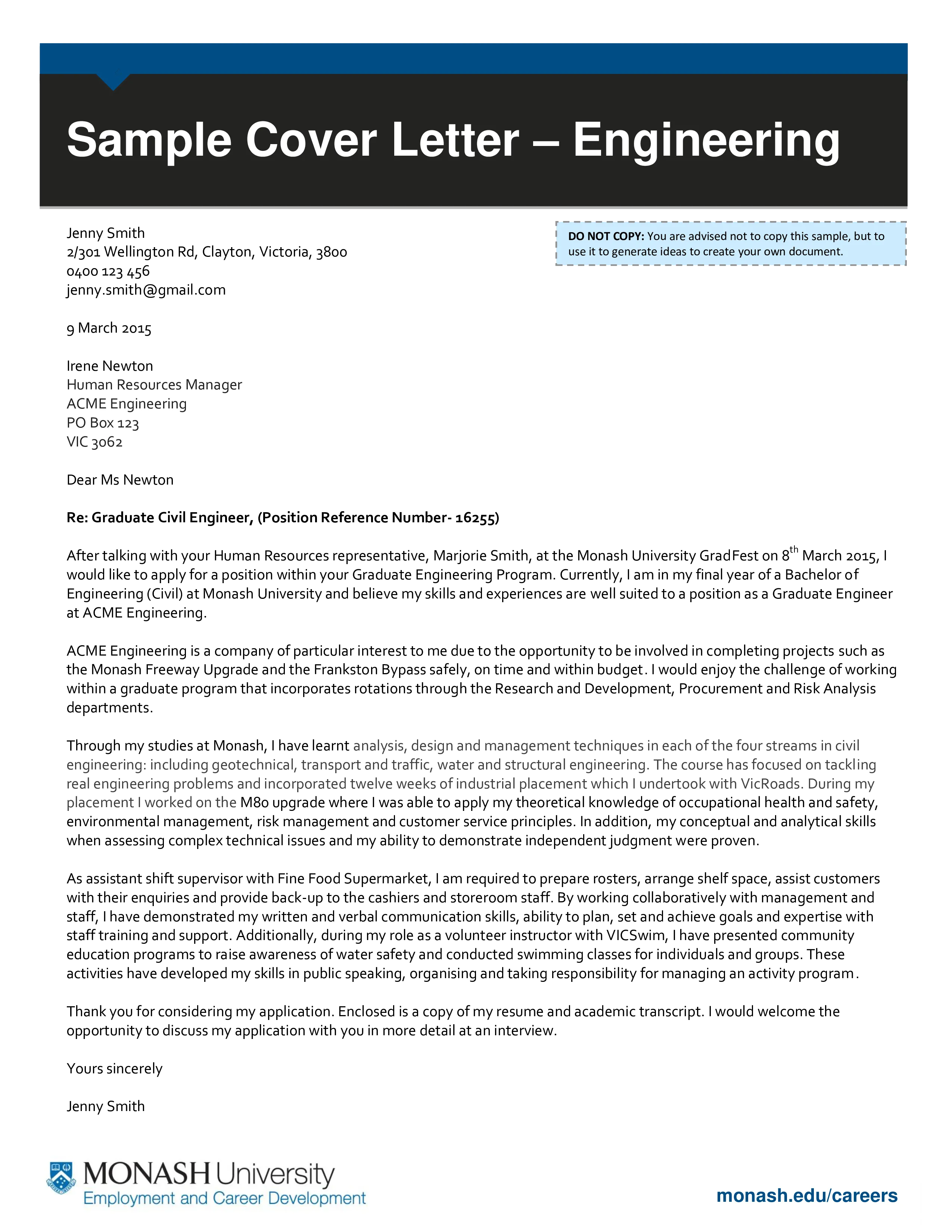
Start by including your contact information at the top, which includes your full name, phone number, email address, and optionally, your LinkedIn profile URL. This allows the hiring manager to easily reach you. Following this, add the date of the letter. Always align the date with the day you are submitting the application. The date is important for tracking when the application was submitted, and for internal record keeping. Without these, the recruiter might not know when the application was submitted.
Personalized Greeting
Address the hiring manager by name whenever possible. Researching the company to find the name of the hiring manager shows your initiative and genuine interest. A personalized greeting, such as “Dear Mr. Smith,” is far more impactful than a generic greeting like “To Whom It May Concern.” If you are unable to find the hiring manager’s name, use a general greeting that is still professional, such as “Dear Hiring Team” or “Dear [Company Name] Hiring Manager.” Personalized greetings create a better impression and make the cover letter seem more relevant.
Highlighting Your Skills & Experience
This is the core of your cover letter, where you connect your skills and experience to the job description. Identify the key requirements of the role and highlight how your qualifications align with them. Mention specific skills and experiences that demonstrate your ability to excel in the position. Use action verbs to describe your accomplishments and quantify your achievements whenever possible. Focus on the most relevant experiences and skills. Be sure to make it relevant to the job description, so the reader can follow.
Quantify Your Achievements
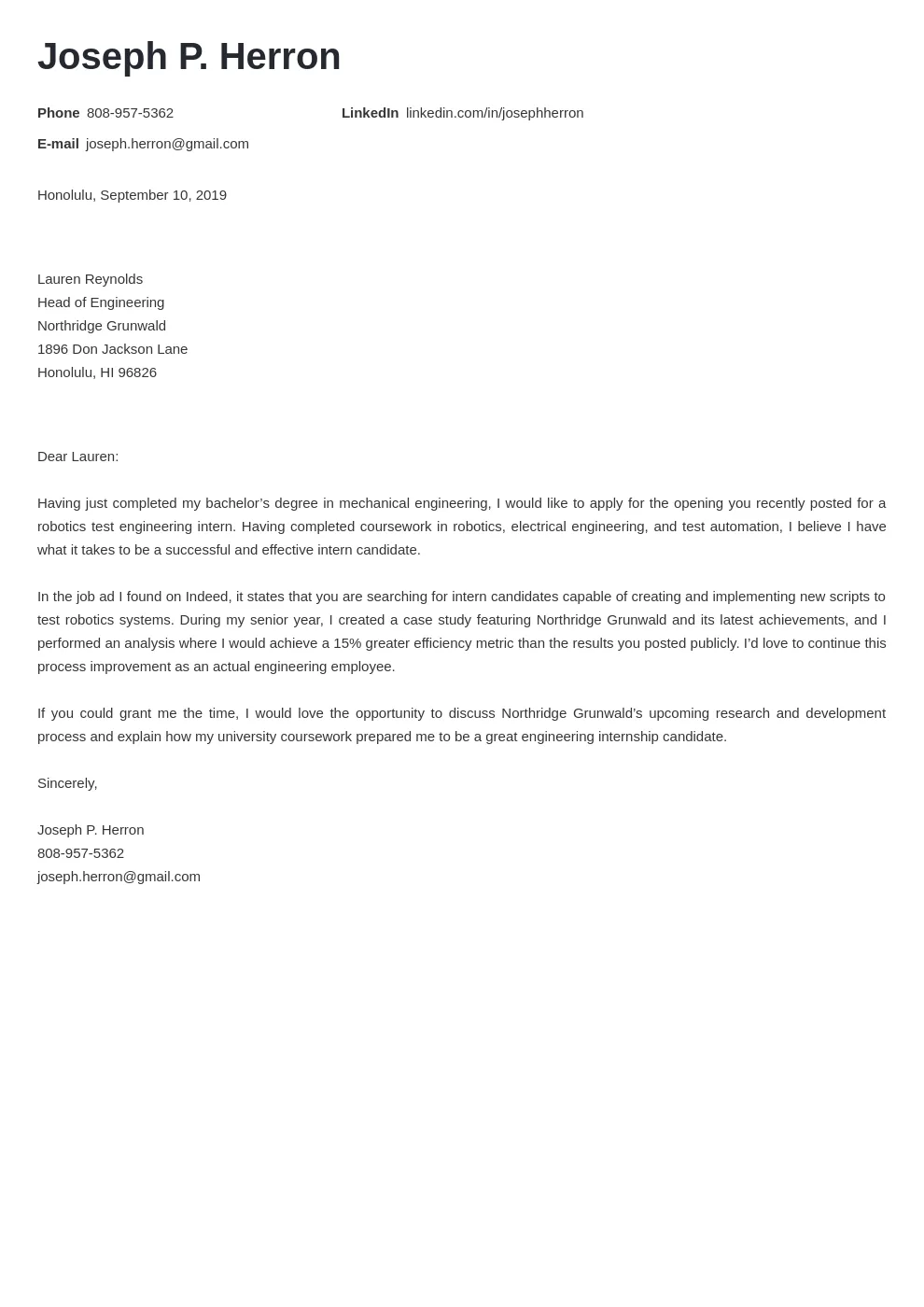
Whenever possible, quantify your achievements with numbers, data, and metrics. Instead of saying “Managed projects successfully,” state “Managed projects, resulting in a 15% reduction in project completion time and a 10% cost saving.” Quantifiable results provide concrete evidence of your capabilities and make your claims more credible. Use data to highlight the impact you made in previous roles. This is very important, as it shows that you are capable of doing the job, and is better than just stating you have experience in the field.
Showcase Relevant Projects
Briefly describe relevant projects you’ve worked on, highlighting your role and contributions. This gives the hiring manager a sense of your practical experience. Focus on projects that align with the job requirements. Mention the technologies and tools you used, and the outcomes of the project. Showcasing relevant projects is a great way to demonstrate your expertise and ability to apply your knowledge in real-world scenarios. If you have a portfolio, include a link to showcase your work.
Express Your Enthusiasm
Express your genuine enthusiasm for the role and the company. Show that you’ve researched the company and understand its mission and values. Explain why you are interested in the specific opportunity and what attracts you to the company. Expressing enthusiasm goes beyond just stating your interest, it involves showing that you have a genuine passion for engineering and a strong desire to contribute to the company’s success. This can make your cover letter memorable. Show that you are excited to contribute to the company.
Tailoring Your Cover Letter to the Job
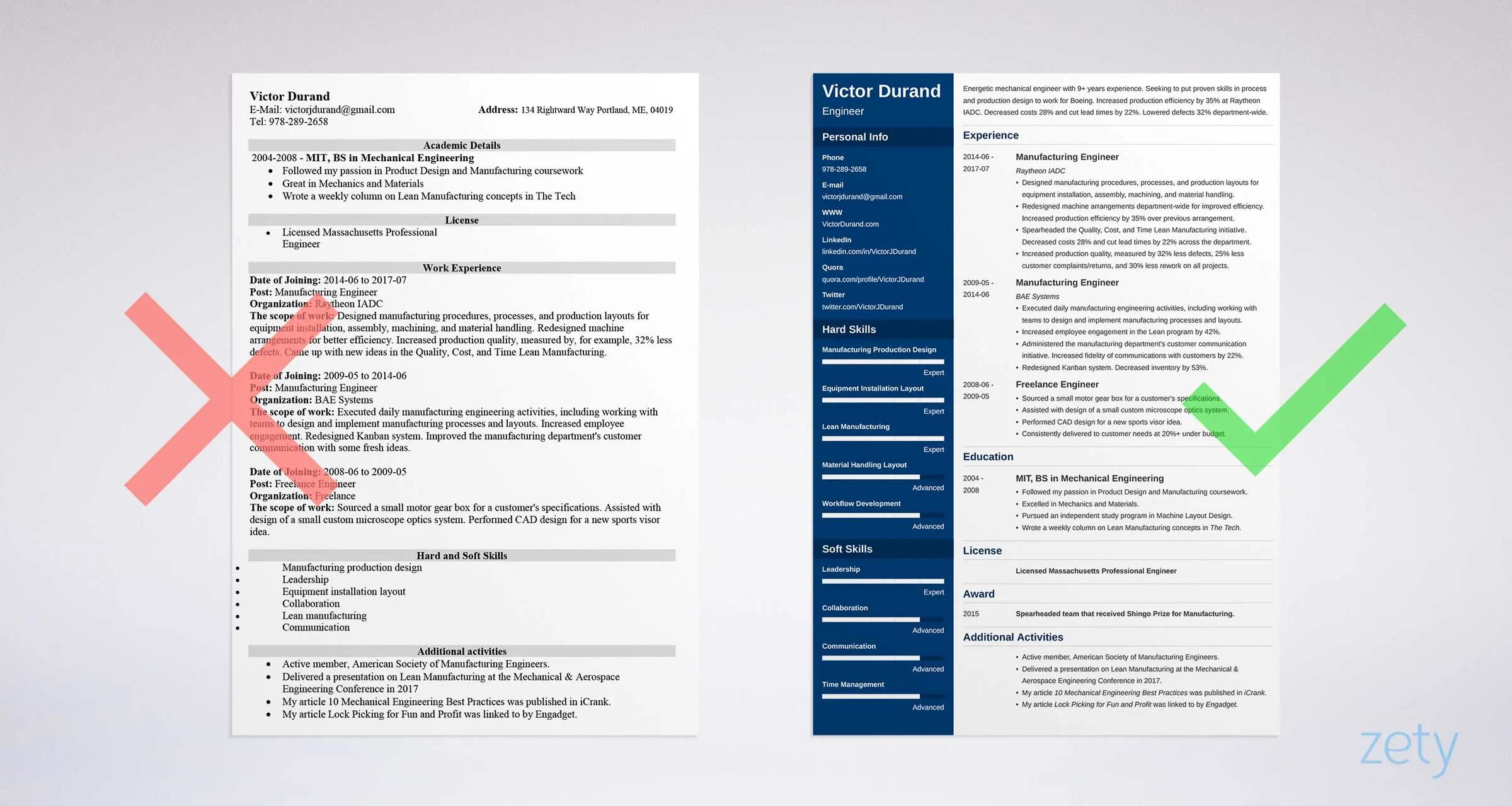
A generic cover letter is unlikely to impress an employer. Tailoring your cover letter to each job application is essential. This involves carefully reading the job description, identifying the key requirements, and aligning your skills and experience accordingly. Customize your letter to reflect the specific needs of the role and the company’s culture. This demonstrates to the hiring manager that you have taken the time to understand the position and are genuinely interested in the opportunity. Don’t just send the same cover letter to all jobs; tailor your experience to match the requirements for the specific job.
Researching the Company
Before writing your cover letter, research the company thoroughly. Visit their website, read their mission statement, and learn about their recent projects and achievements. Understanding the company’s values and goals will allow you to tailor your letter to highlight how your skills and experience align with their needs. This demonstrates your initiative and shows that you’re genuinely interested in the opportunity. Take note of the company culture and values. The company’s social media is also a great tool to see what the company is currently working on.
Matching Skills with Requirements
Carefully analyze the job description and identify the required skills, qualifications, and experiences. Highlight the skills and experiences you possess that directly match the job requirements. Use the same keywords and phrases that are used in the job description. This helps the hiring manager quickly see that you are a good fit for the role. Provide specific examples of how you have used these skills and how you have achieved positive results in the past. If there are skills you do not have, it is better to not list them.
Formatting and Proofreading Tips
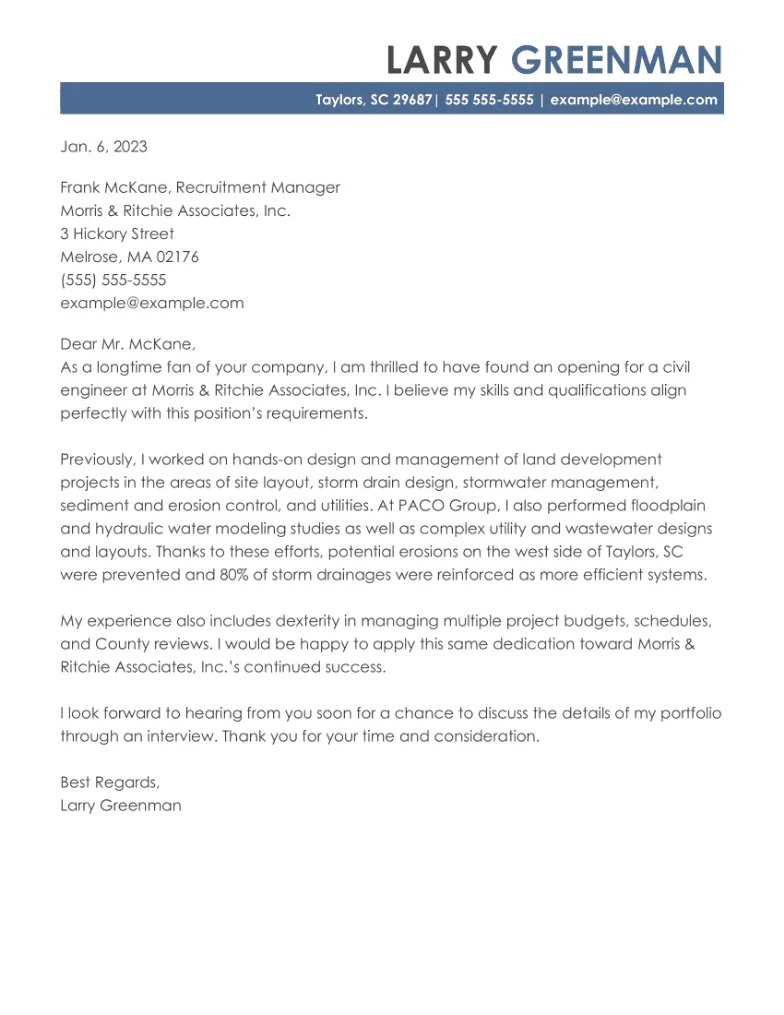
Proper formatting and thorough proofreading are essential to ensure your cover letter is professional and error-free. A well-formatted letter that is free of typos and grammatical errors demonstrates attention to detail and professionalism, qualities that are highly valued in engineering. Taking the time to format your letter correctly and proofread it meticulously can significantly increase your chances of making a positive impression. Formatting makes a difference and shows you took the time to make it professional.
Formatting Guidelines
Use a professional and easy-to-read font, such as Times New Roman, Arial, or Calibri, with a font size between 10 and 12 points. Maintain consistent formatting throughout the document. Use one-inch margins on all sides and single-space the text, with a double space between paragraphs. Ensure that your contact information is at the top, and the date and recipient’s information are properly aligned. Choose the best format and use it throughout the letter. This increases readability and shows you know what you’re doing.
Proofreading Checklist
Proofread your cover letter multiple times, paying close attention to grammar, spelling, punctuation, and sentence structure. Use a spell-checker and grammar-checker, but don’t rely on them entirely. Read your letter aloud to catch any awkward phrasing or typos. Have someone else review your cover letter for a fresh perspective. Ensure that all the information is accurate and that your letter flows logically. Proofreading is an important step that may be overlooked but it’s vital to show you are professional. Your cover letter should be flawless.
Common Mistakes to Avoid
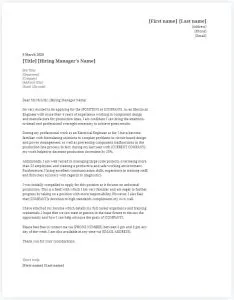
Avoiding common mistakes can significantly improve the effectiveness of your cover letter. Certain errors can immediately disqualify your application, while others can create a negative impression. Being aware of these pitfalls and taking steps to avoid them can greatly enhance your chances of success. Focus on what to do and what to avoid. Keep your cover letter at its best, so you can land the job.
Generic Language
Avoid using generic language and clichés that can make your cover letter sound impersonal and uninspired. Instead of using phrases like “I am a hard worker” or “I am a team player,” provide specific examples of your accomplishments and skills. Tailor your language to the specific job and company, and use action verbs to describe your achievements. Being more specific will make your application stand out. It’s important to show you put in the work and research.
Typos and Grammatical Errors
Typos and grammatical errors can damage your credibility and make you appear careless. Always proofread your cover letter multiple times and use spell-check and grammar-check tools. Consider having a friend or colleague review your letter for any errors you may have missed. A flawless cover letter is an essential demonstration of attention to detail and professionalism. Errors will create the wrong impression. Double check your spelling, grammar and punctuation.
Ignoring the Job Description
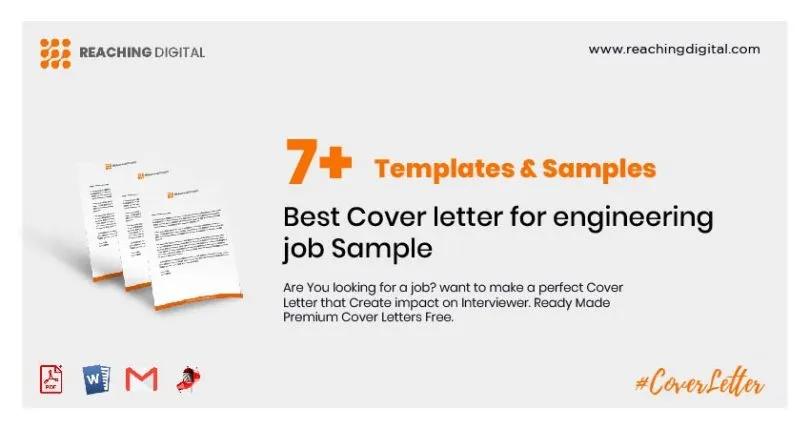
Failing to address the specific requirements outlined in the job description is a critical mistake. Always tailor your cover letter to match the job requirements. Highlight the skills and experiences that are most relevant to the position. Use the same keywords and phrases that are used in the job description. Demonstrate that you have taken the time to understand the role and the company’s needs. This demonstrates you are interested in the job and will make your cover letter stand out.
Call to Action and Closing
The call to action and closing are important elements of your cover letter. The call to action is where you explicitly state your interest in an interview. The closing should be professional and express your gratitude for the reader’s time and consideration. A well-crafted closing leaves a lasting positive impression, encouraging the hiring manager to take the next step and contact you. You will want the employer to feel good and confident in you.
Expressing Gratitude
Express your gratitude for the hiring manager’s time and consideration. Thank them for reviewing your application and express your enthusiasm for the opportunity. This shows that you appreciate their time and are genuinely interested in the position. A simple statement of thanks at the end of your cover letter can leave a positive lasting impression. The appreciation that you have for them will make them want to see you.
Professional Closing
Use a professional closing, such as “Sincerely,” “Best regards,” or “Thank you.” Avoid casual closings like “Cheers” or “Best.” Following the closing, include your typed name. Avoid writing “Respectfully,” as this can sound old-fashioned. Make sure you choose an appropriate closing so you can portray your professionalism. This is a vital part of the closing.
Engineering Cover Letter Examples and Templates
Reviewing examples and templates can help you understand how to structure and write an effective engineering cover letter. Use these resources as a guide, but always tailor your letter to your specific skills, experience, and the job requirements. Look for examples that are relevant to your field of engineering. Take inspiration from different templates and customize your own. This will show that you have put in the work and made a great effort to make yourself look good on the application.
